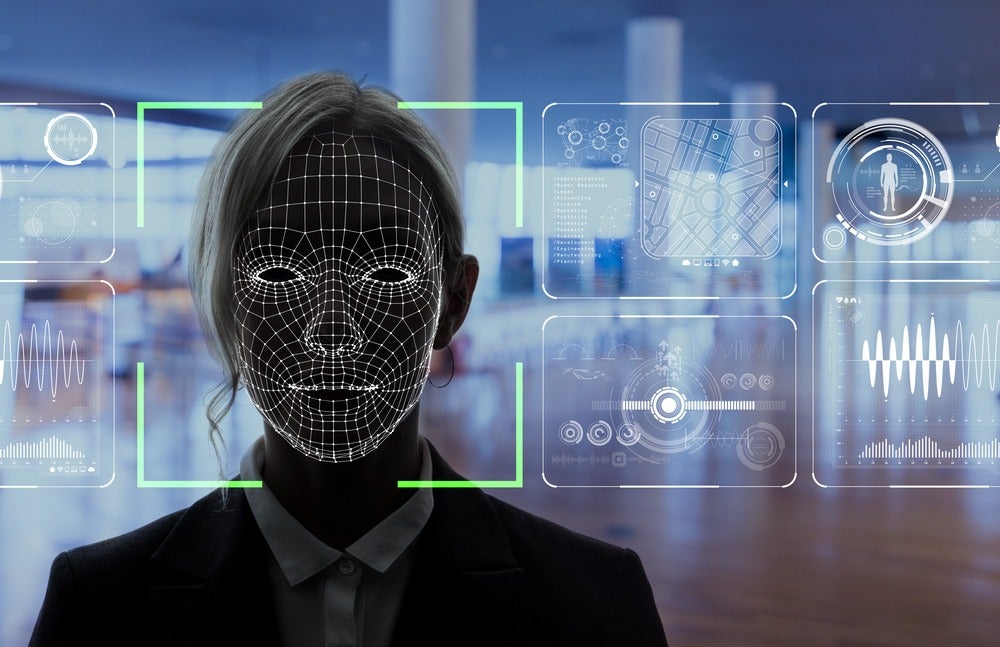
Facial recognition technology can be taught to correctly identify an individual in a picture when only half or sometimes even less of their face is visible, researchers from the University of Bradford have found.
The researchers use a machine learning technique known as a convolutional neural network, which is commonly used to analyse and recognise patterns in visual imagery, to test recognition rates using images of different parts of the face.

Access deeper industry intelligence
Experience unmatched clarity with a single platform that combines unique data, AI, and human expertise.
The artificial intelligence network was fed a data set containing 2,800 full face photos of students and staff from the FEI University in Brazil.
The AI was first trained to recognise full faces, and was successfully able to recognise a person from a photograph 100% of the time.
The experiment was then redone using images that showed three quarters of a face, as well as specific areas such as the top half, bottom half, eyes and nose.
The AI achieved a 100% success rate with three-quarter faces, as well as photos showing the top or right half of the face. However, recognition rates fell to 60% when analysing photos that showed only the bottom half of the face, while it correctly recognised the eyes and nose of a person just 40% of the time.

US Tariffs are shifting - will you react or anticipate?
Don’t let policy changes catch you off guard. Stay proactive with real-time data and expert analysis.
By GlobalDataHowever, after retraining the AI model using a larger data set of partial facial images, it showed significant recognition improvements of around 90% for all tests.
“The ability humans have to recognise faces is amazing, but research has shown it starts to falter when we can only see parts of the face,” said the University of Bradford’s Professor Hassan Ugail, the study’s lead researcher. “Computers can already perform better than humans in recognising one face from a larger number, so we wanted to see if they would be better at partial facial recognition as well.”
The potential for facial recognition in policing
The researchers admit that AI models still struggle to recognise an individual from specific parts of their face. Tests on noses, cheeks, foreheads and mouths all returned poor results in both experiments.
Although, Hassan believes that the study shows that there is hope for facial recognition technology, particularly in areas such as policing.
“We’ve now shown that it’s possible to have very accurate facial recognition from images that only show part of the face and we’ve identified which parts are most useful,” Hassan said. “This opens up greater possibilities for the use of the technology for security or crime prevention.”
However, the findings come just days after a Freedom of Information request revealed a high rate of inaccuracy in facial recognition technology used by London’s Metropolitan Police service. Between 2016 and 2018, the technology incorrectly identified members of the public 96% of the time. That figure rose to 100% on some occasions when the technology was deployed, according to iNews.
A Metropolitan Police spokesperson insisted facial recognition technology is “developing all the time and work is being done to ensure the technology is as accurate as possible”.
Following the success of the University of Bradford study, Hassan believes that further testing needs to be carried out on a much larger scale to validate the findings. However, with facial recognition technology under fire, the results are some much-needed good news.
Read more: Researchers train AI to learn as a child would







